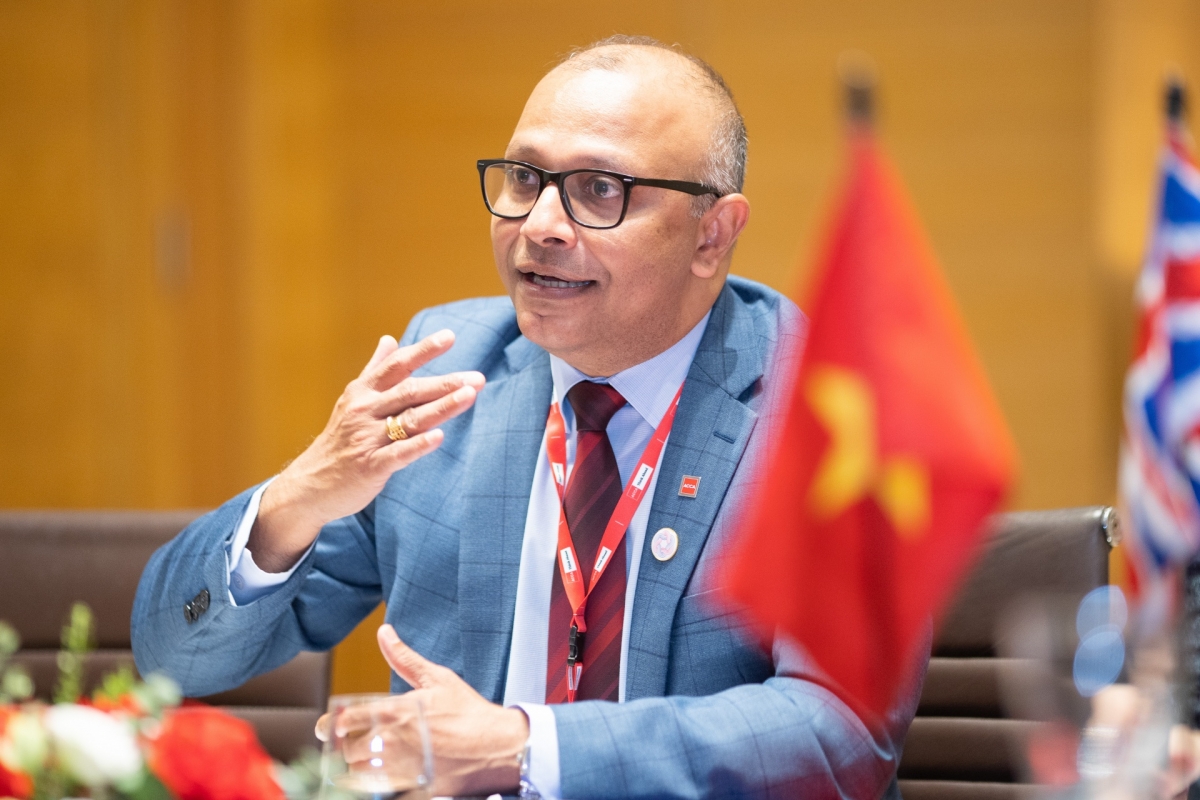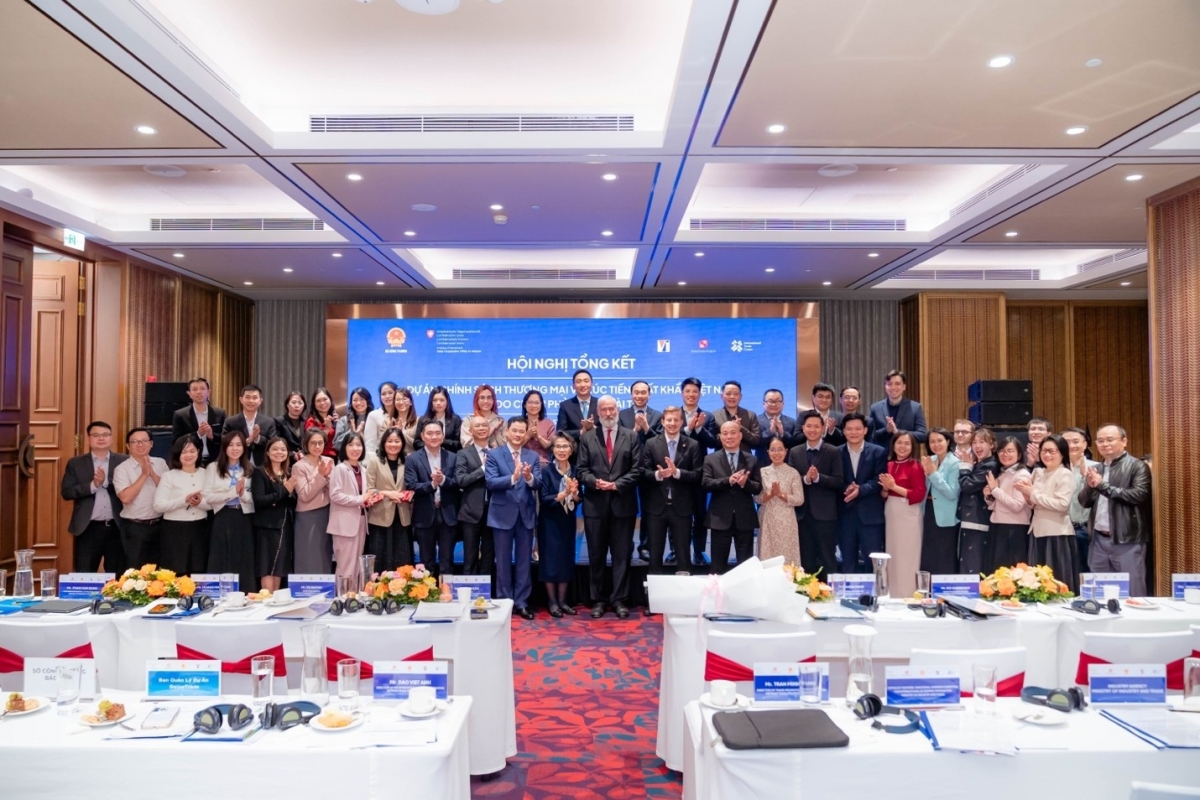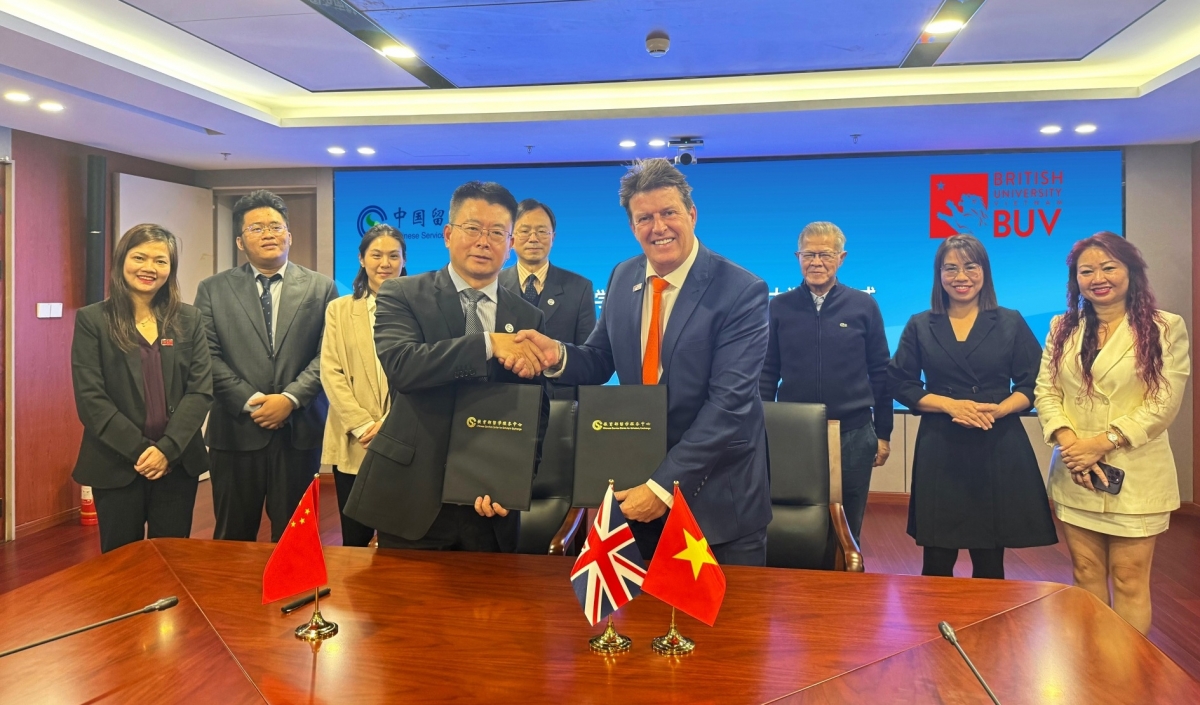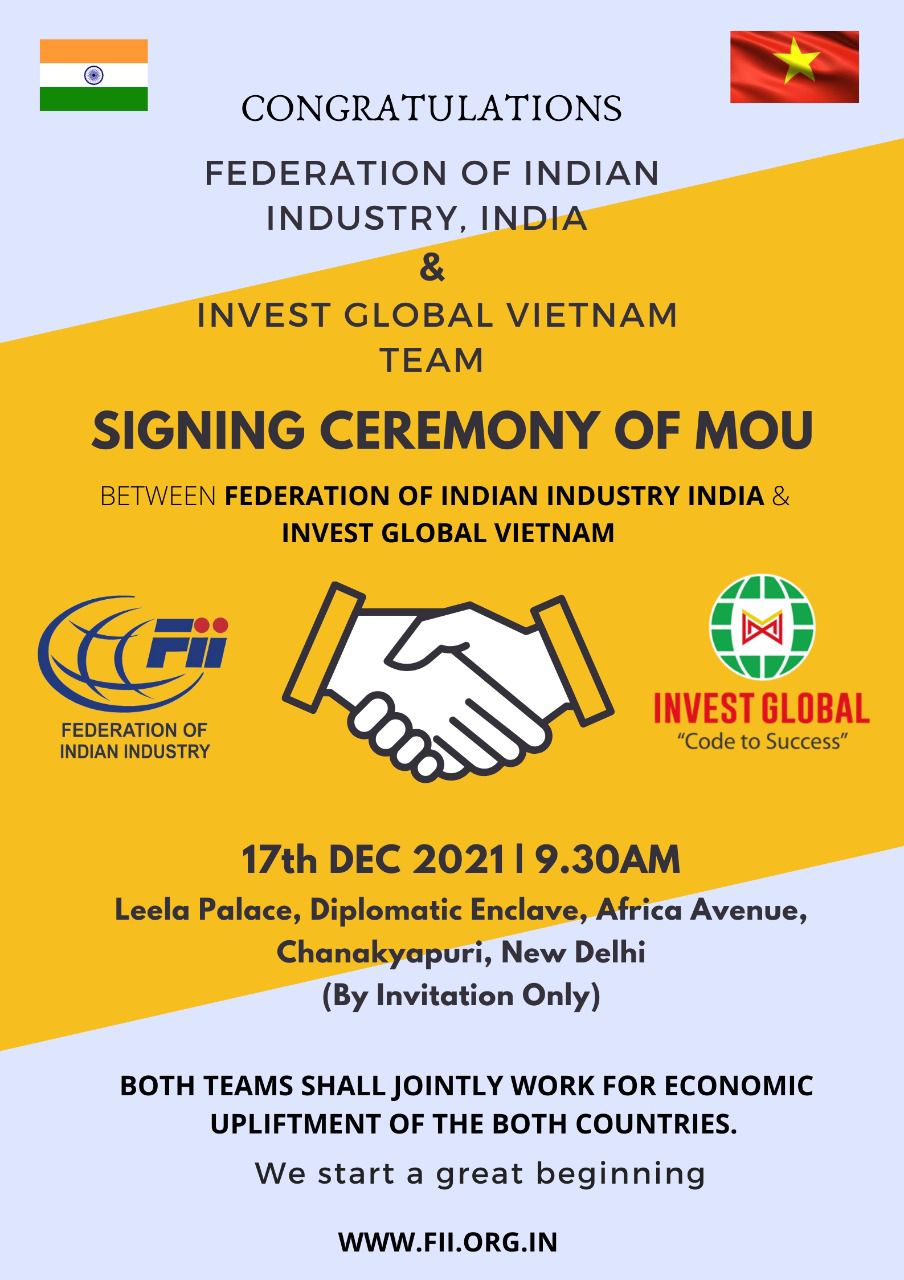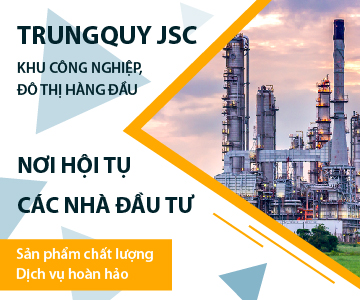INTERNATIONAL INVESTMENT
AND PORTAL
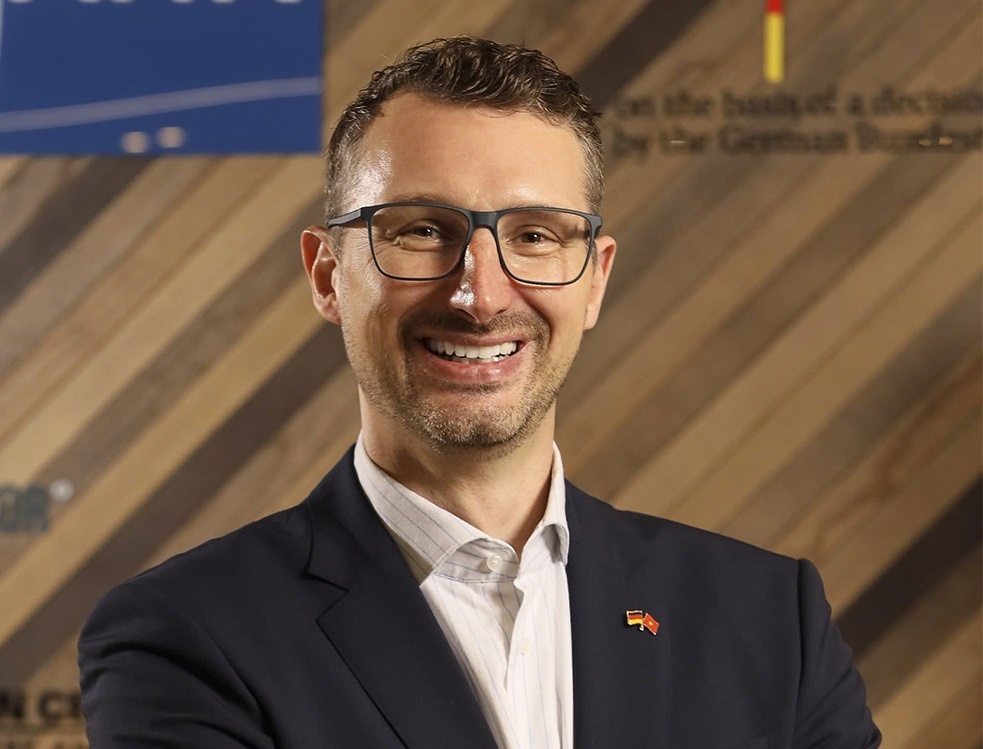 Peter Kompalla, chief representative of the Delegation of German Industry and Commerce in Vietnam
Peter Kompalla, chief representative of the Delegation of German Industry and Commerce in Vietnam
Every year on Vietnam’s National Day, the streets are alive with the colours of the Vietnamese flag, music, and a deep sense of pride. For those of us who have made Vietnam our professional home, it is also a time to reflect on the country’s remarkable progress – and on the partnerships that have helped shape it.
This year is especially significant, as Vietnam celebrates its 80th National Day and Germany and Vietnam mark 50 years of diplomatic relations. These milestones are more than symbolic; they reflect friendships built over decades, challenges navigated together, and opportunities turned into lasting achievements.
From our vantage point, this story is not told only in trade figures but also in the experiences of factory managers, engineers, and young graduates beginning their careers. At its core, the history of German investment in Vietnam is a story of people, and of trust.
In the 1990s, when Vietnam was further opening its doors to global investors, German companies began quietly setting down roots. Among the early German investors were companies such as Siemens, Mercedes-Benz, Bayer, Dussmann, and B. Braun, each bringing their own expertise in healthcare, engineering, facility management, and automotive manufacturing.
These early entrants brought not only advanced technology, but also a commitment to developing local talent. B. Braun’s intravenous therapy training programme, which reached thousands of nurses, is just one example of how investment was never only about machines and buildings – it was about people’s wellbeing and professional growth.
Those years required patience and perseverance to navigate new regulations, understand local business culture, and build infrastructure. The relationships formed then laid the foundation for today’s trust.
A broader canvas
As Vietnam entered the World Trade Organization era in 2007 and broadened its network of free trade agreements, the partnership with Germany gained new depth. Leading companies such as Bosch, Schaeffler, and Siemens began to see Vietnam not only as a production base but as a place to innovate, localise, and co-create.
In the 2000s, across the country, factories filled with advanced machinery and research and development centres emerged to design solutions for both domestic needs and global markets. In this period, about 53 per cent of German-invested projects were in southern Vietnam, 36 per cent in the north, and 11 per cent in the central region.
Across boardrooms in Germany, Vietnam increasingly came to be seen as a strategic partner, a view formalised with the establishment of the bilateral strategic partnership in 2011. The 2010s saw a further wave of entrants. The Vietnamese Ministry of Finance recorded almost 200 German-invested projects in this era, including names such as Fuchs, Logwin Air + Ocean, Häfele, Oppermann, Zott, and Quickpack, each bringing expertise in sectors ranging from logistics and engineering to consumer goods and food processing. The German-Vietnamese business community, under the care of the German Business Association, was expanding fast.
During this period, we experienced facilitating connections between businesses and local partners and serving as a consistent, trusted point of contact. It was during these years that we came to appreciate something deeply Vietnamese: progress is not rushed; it is nurtured, like a sapling that will one day shade generations.
Even the strongest partnerships are tested. German firms in Vietnam have navigated multi-faceted administrative procedures, shifting legal frameworks after the pandemic, and the ongoing need to find skilled local talent. More recently, global trade tensions – such as heightened scrutiny over transshipment risks following US tariff measures – have added another layer of complexity for export-oriented manufacturers.
The difference lies in how these challenges were met. Companies responded by strengthening supply chain transparency, diversifying sourcing, and ensuring full compliance with origin rules. They invested in training programmes, partnered with local universities, and empowered Vietnamese managers to lead. They also took the time to understand regional differences – not only between north and south, but also between provinces, each with its own character and opportunities.
This adaptability has helped German businesses maintain a strong presence in Vietnam and reinforced their reputation as reliable long-term partners.
Today’s headlines
One of the most exciting milestones of 2025 came with the inauguration of SAP Labs Vietnam in Ho Chi Minh City. With an investment of €150 million ($175.8 million) over five years, this new hub will drive innovation in sustainable digital supply chains and AI-powered enterprise solutions. Already staffed by more than 200 engineers, the lab is expected to double in size by 2027.
In the healthcare sector, B. Braun has expanded its commercial presence by opening new sales and marketing offices – first in Hanoi, followed shortly thereafter by another in Ho Chi Minh City. These strategic moves reflect their growing commitment to Vietnam’s healthcare market and its role as a dynamic hub for regional operations.
In the industrial sphere, long-term investors like Messer continue to expand their footprint. In August, the company inaugurated its Quang Ngai 2 plant, reinforcing its commitment to supplying high-quality industrial gases to Vietnam’s fast-growing manufacturing and energy sectors.
Alongside such established names, a growing number of German companies are turning their attention to Vietnam’s opportunities. As of May, German-invested projects in Vietnam are overwhelmingly concentrated in the South. Out of 495 cumulative, effective projects, over 320 are located in Southern Vietnam, underscoring the pull of Ho Chi Minh City and the surrounding Southern Key Economic Region for manufacturing, services, and logistics.
Northern Vietnam hosts 120 projects, around one-quarter of the total, reflecting the growing appeal of the Hanoi-Haiphong industrial corridor, while the central region accounts for 51 projects (10.3 per cent), with activity clustered around Danang.
This distribution reflects the south’s long-standing role as Vietnam’s economic hub, the north’s growing position as an industrial and logistics base, and the central region’s selective but strategic growth in coastal and energy-linked industries – all part of the broader story of talent, technology, and shared innovation between our two countries.
Vietnam offers a diverse range of possibilities. In renewable energy, from offshore wind farms to solar parks, German expertise can support the country’s ambitions for a greener economy. High-tech manufacturing is advancing, with growing demand for semiconductors, automation systems, and Industry 4.0 solutions.
The rapidly expanding digital economy creates scope for AI, cybersecurity, and fintech, while infrastructure projects such as metro systems, high-speed rail, and sustainable urban development promise to improve connectivity and quality of life.
In the years ahead, new investment formats are likely to emerge, from joint ventures and public–private partnerships to innovation-led collaborations. Vietnam’s master plans for transport and urban growth create further space for German know-how in rail technology, smart mobility, and large-scale infrastructure. Increasingly, Vietnam is also becoming a reliable sourcing market, offering diverse supply options for global value chains.
Drawing on complementary strengths, German–Vietnamese economic relations have contributed meaningfully to Vietnam’s development. As the country marks National Day, it also looks forward to a new chapter – one where shared commitment to innovation can carry the partnership to even greater heights.




